Root of the Matter: Mangrove as Lives Saver When Natural Disaster Strikes
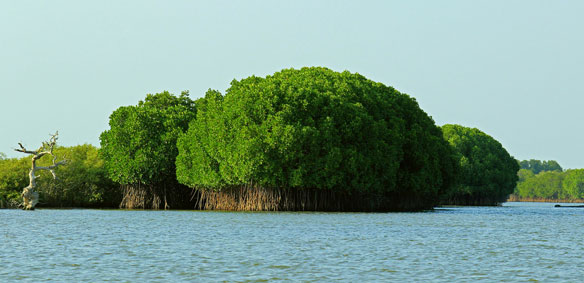
Countless people clung to life in the branches of mangrove trees hemming the shorelines during the deadly 2004 tsunami that killed more than 230,000 coastal residents in Indonesia, India, Thailand and Sri Lanka.
Ban on Sand Dredging by Machines Suggested in Coastal Konkan, India
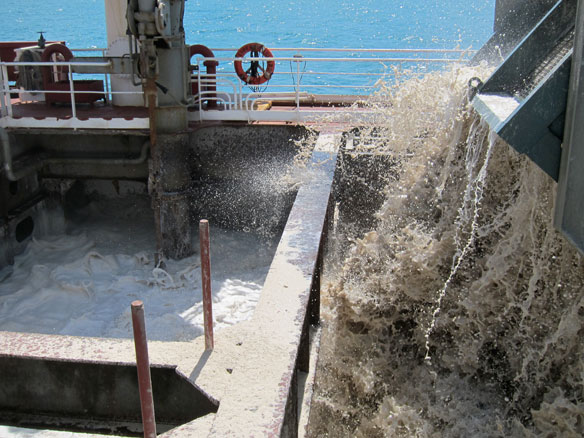
After refusing to lift the stay to sand mining in Maharashtra, Bombay High Court suggested that the government may think of banning sand dredging by machines in the coastal Konkan area.
Costa Rica Recognized for Biodiversity Protection
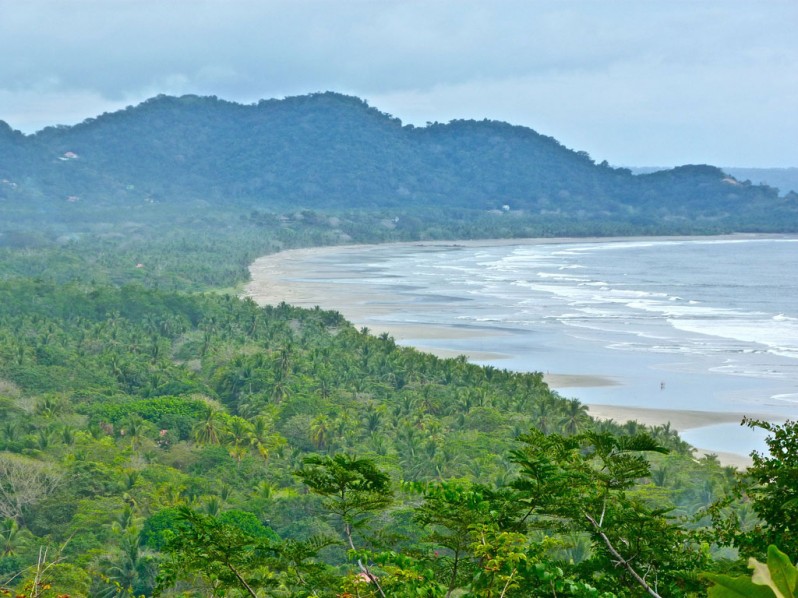
“We are declaring peace with nature,” said Mario Fernández Silva, the ambassador of Costa Rica. The nation wins 2010 Future Policy award for pioneering legal protection of natural wealth. The EU and Canada lead the way to extinction, with China and Brazil close behind,” noted the CBD Alliance.
Battling Flood issues, Port of Spain, Trinidad and Tobago
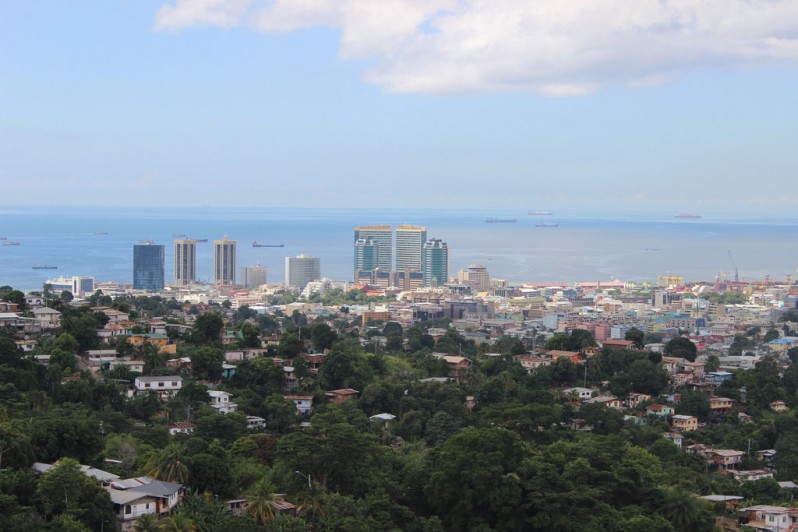
The coastal city of Port of Spain, was built on mud flats and reclaimed lands from the sea. At high tide, with virtually a drizzle, the city is prone to major flooding.
Coast Guard says substance found floating in Gulf is algae, not oil
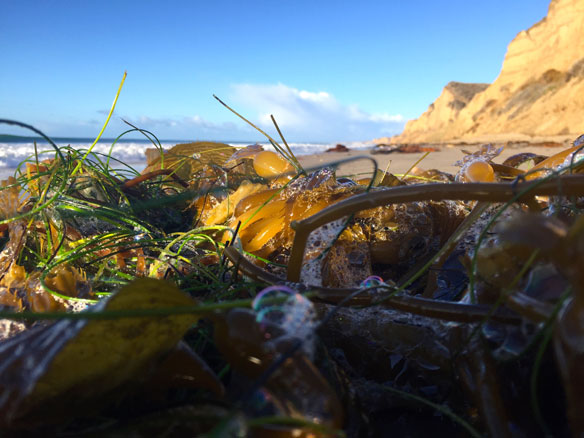
“I’ve never seen algae that looked orange, that was sticky, smelled like oil and that stuck to the boat and had to be cleaned off with solvent,” said one boat captain working in the BP oil spill response team who first reported the sightings as oil.
Oil cleanup not over in Louisiana’s Bay
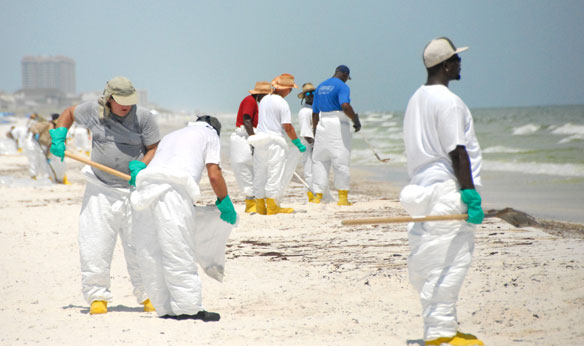
It’s hard to imagine that the Gulf of Mexico oil spill crisis is over in this marshy area about 40 miles south of New Orleans. The fight against the crude onslaught continues, even as fewer workers fight it.
Six Months Later, an Oil Disaster Spreads Across the Gulf
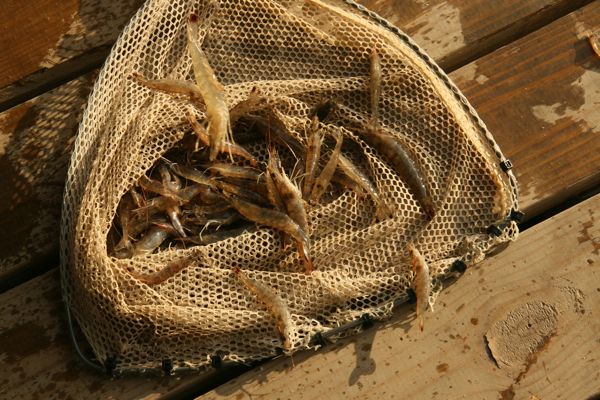
Economic and political forces are spearheading the campaign to forget this disaster. The fishermen and coastal residents fear they will be forgotten and lost in the bureaucratic maze of a bungled claims process.
Arctic Report Card 2010
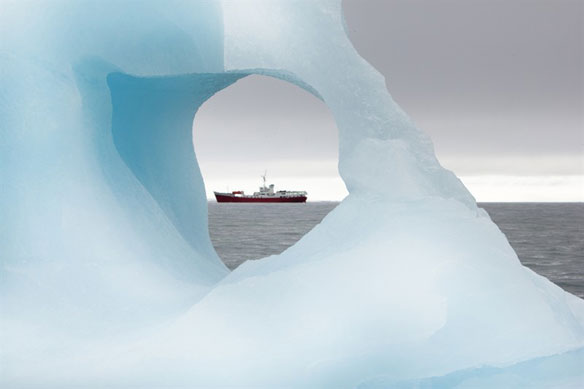
In 2006, NOAA’s Climate Program Office introduced the annual Arctic Report Card, which established a baseline of conditions at the beginning of the 21st century to monitor the quickly changing conditions in the Arctic, also called the “planet’s refrigerator.”
Doubts Persist on Gulf Sand Barriers
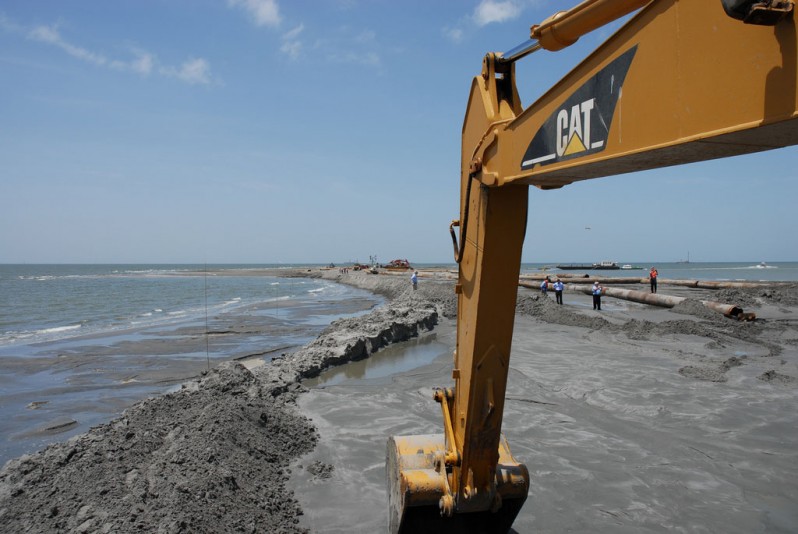
Skepticism runs high regarding the berms’ effectiveness to date, as they have only collected about 1,000 barrels of oil, a tiny fraction of the five million barrels that spilled from the Deepwater Horizon well.
